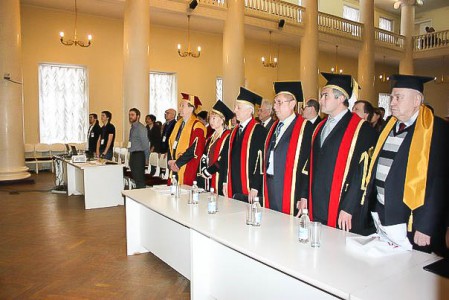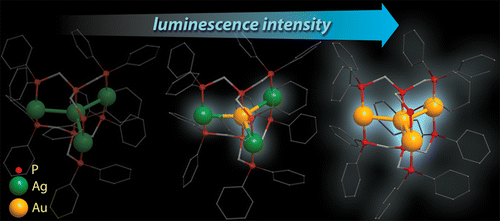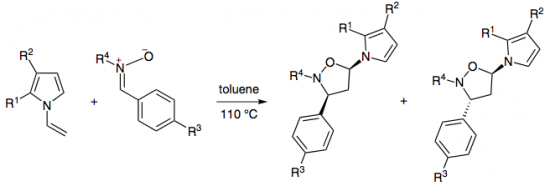30 April – shortened working day
1 – 4 May – holidays
8 May – shortened working day
9 – 11 May – holidays
30 April – shortened working day
1 – 4 May – holidays
8 May – shortened working day
9 – 11 May – holidays
Scientific supervisor – Valery Nikolaev.
We wish the applicant to defend successfully.
Defence will take place 26.06.2014 at 15:00 at Sredniy pr. 41/43, Department of Chemistry (BCA).
RC MRMI received the thanks of organisers of the conference “Mendeleev 2014” for assistance in conducting the tour and master class.

Among the talks presented at the conference was a talk coauthored with the employee of the Center.
А.С. Конева, Е.А. Сафонова, М.А. Вовк, Н.А. Смирнова
“Влияние температуры и содержания воды на коэффициенты самодиффузии в микроэмульсиях «вода в декане», стабилизированных смесью неионных ПАВ (Span80+Tween80)”.
Today a group of 1st year master students of the chemistry department visited our Center to get familiar with EPR.
S. M. Sukharzhevskiy has read a lecture “Applications of EPR spectroscopy for CMR users’ projects in 2013”.
M.T. Dau, J.R. Shakirova, A.J. Karttunen, E.V. Grachova, S.P. Tunik, A.S. Melnikov, T.A. Pakkanen, I.O. Koshevoy
“Coinage Metal Complexes Supported by the Tri- and Tetraphosphine Ligands”
Inorg. Chem., 2014, ASAP
DOI: 10.1021/ic500402m

A series of tri- and tetranuclear phosphine complexes of d10 metal ions supported by the polydentate ligands, bis(diphenylphosphinomethyl)phenylphosphine (
Last and this week three excursions have been made of the Center for biology students taking a course “Basics of modern analytical techniques”. Guests were shown NMR spectrometers and were told about the principles of operation and capabilities of the Center.
A.P. Molchanov, R.S. Savinkov, A.V. Stepakov, G.L. Starova, R.R. Kostikov, V.S. Barnakova, A.V. Ivanov
“A Highly Efficient and Stereoselective Cycloaddition of Nitrones to N-Vinylpyrroles”
Synthesis, 2014, 46, 0771-0780
DOI: 10.1055/s-0033-1340479

1,3-Dipolar cycloadditions of a number of C-aryl, C-carbamoyl-, and C,C-bis(methoxycarbonyl)nitrones and substituted N-vinylpyrroles proceed with high efficiency and regioselectivity with the formation of only one isomeric substituted 5-(1H-pyrrol-1-yl)isoxazolidine cycloadduct.
A.V. Stepakov, A.G. Larina, V.M. Boitsov, V.V. Gurzhiy, A.P. Molchanov, R.R. Kostikov
“Synthesis of indene derivatives via reactions of vinylidenecyclopropanes with the N-acyliminium cations generated from hydroxylactams”
Tetrahedron Lett., 2014, 55, 2022-2026
DOI: 10.1016/j.tetlet.2014.02.039

A novel route for the synthesis of 1H-indene derivatives via the reactions of vinylidenecyclopropanes (VCPs) with the N-acyliminium cations generated from hydroxylactams is described.